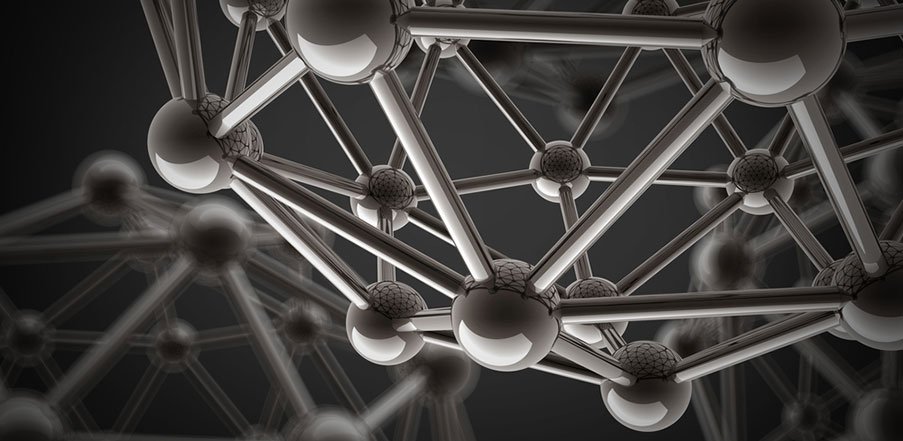The next election may be three years away but the challenge facing Anthony Albanese is already immense.
Conservative Party leader Cory Bernardi is urging Labor to drop it’s economy-wrecking climate alamism policies, its pathetic virtue signalling tokenism and its freedom-crushing “politically correct” agenda … warning that if it doesn’t, it will find itself in opposition for a very long time.
The Australian reports, of the 25 seats now on margins of less than 4 per cent, Labor has 16.
Viewed another way – as the Australian Electoral Commission count stands today – of the top 10 new marginal seats in the country, Labor has seven, and one belongs to an independent. Going further out to 6 per cent, which the AEC regards as marginal, Labor has 24 of the 45 marginal seats.
A third way of looking at it is thus: in the government’s 10 most marginal seats going into the election , the Coalition achieved an average swing of 5 per cent – much bigger than the current national swing of 1.4 per cent.
The only seat where it went backwards was in Gilmore in NSW. Across the 20 most marginal Coalition seats, the average swing was 4 per cent.
It appears there will only be four Coalition seats, at most, on margins of less than 3 per cent where Labor is the main opponent. Labor, on the other hand, currently has 12 seats in this category and could have 14 if Solomon and Greenway come in a fraction.
The tables have been turned. The Coalition did not “just” win the election. It increased its margins in a bunch of seats it could foreseeably win next time.
Scott Morrison, unsurprisingly, signalled a radical shift in the Coalition’s own posture in his post-election address to the party room on Tuesday.
He began reeling off the names of seats that the Coalition came close to winning and would seek to take at the next election.
He named Macquarie and Dobell in NSW and the two Northern Territory seats. Other Liberal MPs added Eden Monaro, Greenway and even Parramatta in NSW, Lilley in Brisbane, Cowan in WA and Corangamite in Victoria.
This may all sound a bit premature , but it is the reality that Albanese has to deal with.
Labor has no choice but to adopt an acutely defensive position over the next three years. It needs a strategy to keep seats before it can even start looking at taking any back. This is going to be a difficult adjustment made all the more tricky by the party’s collective recidivism in avoiding reform.
When the inevitable inquisition comes, the tribunal set up to investigate why it all went wrong for Bill Shorten could save a lot of time and money by simply reprinting the Brompton report. Commissioned by the CFMEU in the wake of the 2004 election loss under Labor leader Mark Latham, it was a damning illumination of the party’s problems in the post Hawke-Keating age.
It now reads as prophecy.
Latham losing the timber workers in Tasmania was one thing, but no one thought a union leader such as Shorten would repeat the offence 15 years later and lose the coalminers.
A foreword to the Brompton report, written by the CFMEU’s then national secretary of the forestry division, Trevor Smith, reads: “There is a vast gulf between the beliefs and aspirations of working class Australians – the type of workers our union represents – and the professional political class running the Labor Party. Until such time as the Labor Party machine realises that they have a fundamental disconnection with large sections of mainstream Australia, they will continue to face electoral isolation.
On the new make up of the new Senate crossbench, Senator Bernardi told Paul Murray Live on Sky News from July 1 the sums will be very different there too, for any legislation the Coalition wants to pass without Labor and Greens support.







